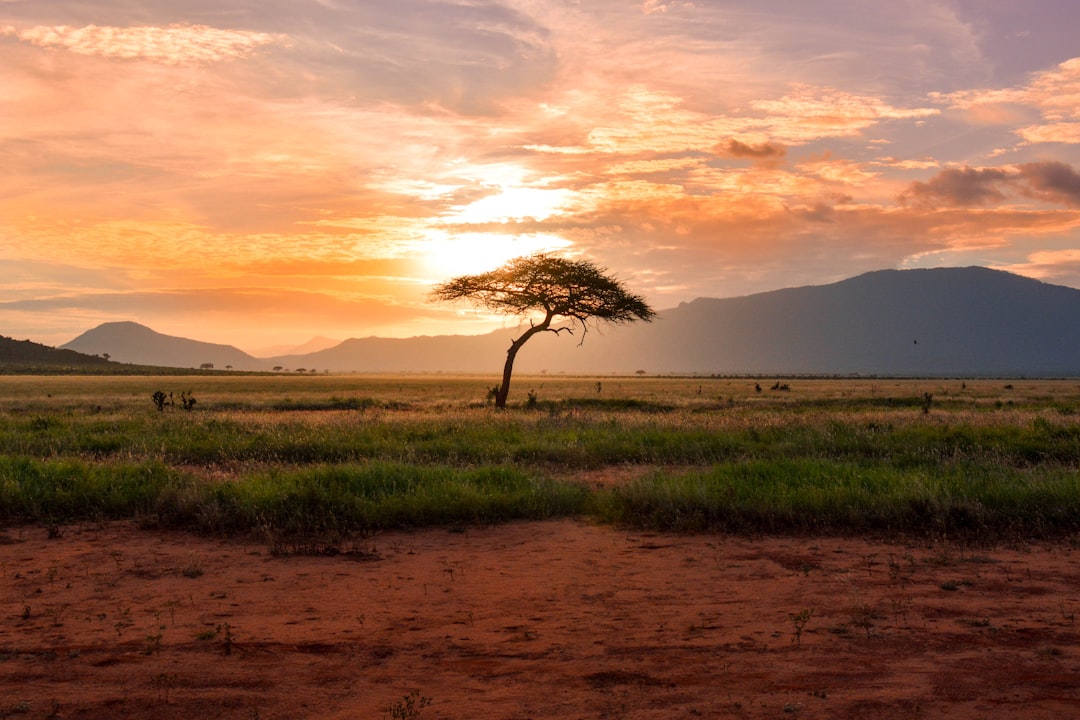What is it about?
The two-year dynamics of soil collembolan communities were studied at five sites along the mesoclimatic gradient in a deep karst valley, from the karst plateau to the bottom of the deep karst gorge in the Zádiel Valley, Slovak Karst, Slovakia. We confirmed a significant effect of site, year, month and combined factors on Collembola abundance. The marked spring minimum in abundance dynamics and species richness of communities recorded in the gorge were not observed at the thermophilous sites. The collembolan abundance means at both sites in the gorge were extremely low , delayed into the early summer as a direct effect of mesoclimatic inversion within the karst valley. During the drier year a more marked gradient was observed in the deep karst valley.
Featured Image
Why is it important?
The dynamics of soil fauna in karst landscape gradients are very poorly documented. Our study contributed to the understanding of the role of karst gradients as an important source of the local biodiversity (& diversity).
Perspectives
Karst landscape gradients are important source of the local biodiversity, where soil fauna occupies a large part. Since sensitive response to local microclimate, soil faunal communities inhabiting karst gradients are important as an indicators of the global climatic changes.
prof. Ľubomír Kováč
P. J. Šafárik University
Read the Original
This page is a summary of: Dynamics of soil Collembola communities (Hexapoda: Collembola) along the mesoclimatic gradient in a deep karst valley, Biologia, January 2016, De Gruyter,
DOI: 10.1515/biolog-2016-0019.
You can read the full text:
Contributors
The following have contributed to this page










